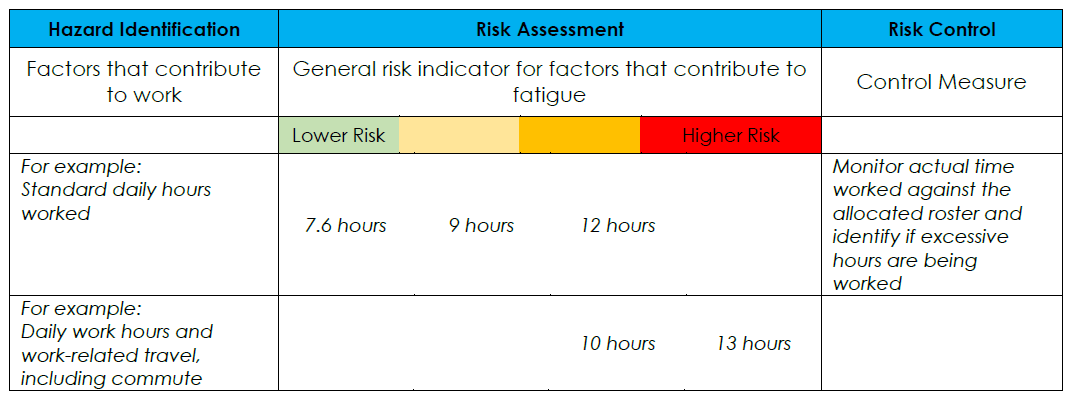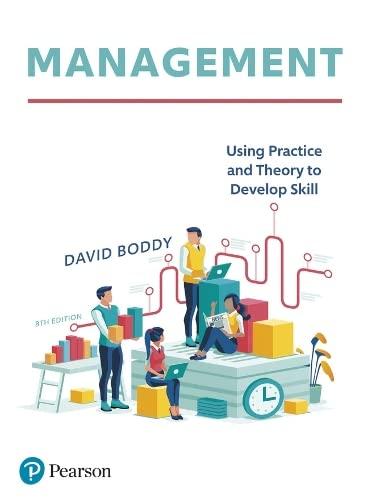Question
Case study 2: Fatigue management The current Fatigue Management procedure states: ?a. Where flights interstate are required for business purposes these must not be before
Case study 2: Fatigue management
The current Fatigue Management procedure states:
?a. Where flights interstate are required for business purposes these must not be before 7am or after 6pm.
? b. Employees may not drive for longer than 5 hours in a single day.
c. Employees may not work for more than 10 hours per day including travel time.
?d. Employment Contracts defines 'ordinary hours' as being 38 hours per week between 7am and 6pm and no employee is permitted to work outside of these hours without prior consent from the Operations Manager.
?e. Employees must take a 30 minute unpaid break away from their work stations.
The consultant's view of these restrictions include:
a.? Flights from 7am from Melbourne mean that consultants cannot get to 9am meetings or even into the CBD of cities until after 9am and coupled with different time zones in Australia this will severely affect business relationships.
b.? No flights after 6pm hinder work at the opposite end of the day, meaning that consultants must wrap up their work day by 3pm to make it back to airports.
c.? Driving from Melbourne to country Victoria and back is longer than 5 hours and 5 hours is ridiculous for the same reasons listed above.
d.? They have laughed at the 10 hour day suggesting that this is simply impossible. They have also said that prior to this procedure they managed their time effectively - if they were late home one night, they started late the next day or finished early the day before or after travel.
e.? Having to get consent from the Operations Manager to work outside of the hours in the procedure is ridiculous and unrealistic. This suggests that the Operations Manager basically has control over their dairies and commissions.
f.? The 30 minute lunch break is reasonable.
QUESTION 5
research, discuss and agree on alternative arrangements for each of the stipulations in the procedure that the consultants have issues with. Ensure the alternative arrangements meet legislative requirements.
Use the Risk Management Chart (shown below and provided separately as a template) in the Safe Work Model Code of Practice - Work Health and Safety Consultation, Cooperation and Coordination as a guide to assess the alternative arrangements. You must suggest a specific control measure for each hazard and provide the results in a similar table:

Step by Step Solution
There are 3 Steps involved in it
Step: 1

Get Instant Access to Expert-Tailored Solutions
See step-by-step solutions with expert insights and AI powered tools for academic success
Step: 2

Step: 3

Ace Your Homework with AI
Get the answers you need in no time with our AI-driven, step-by-step assistance
Get Started


